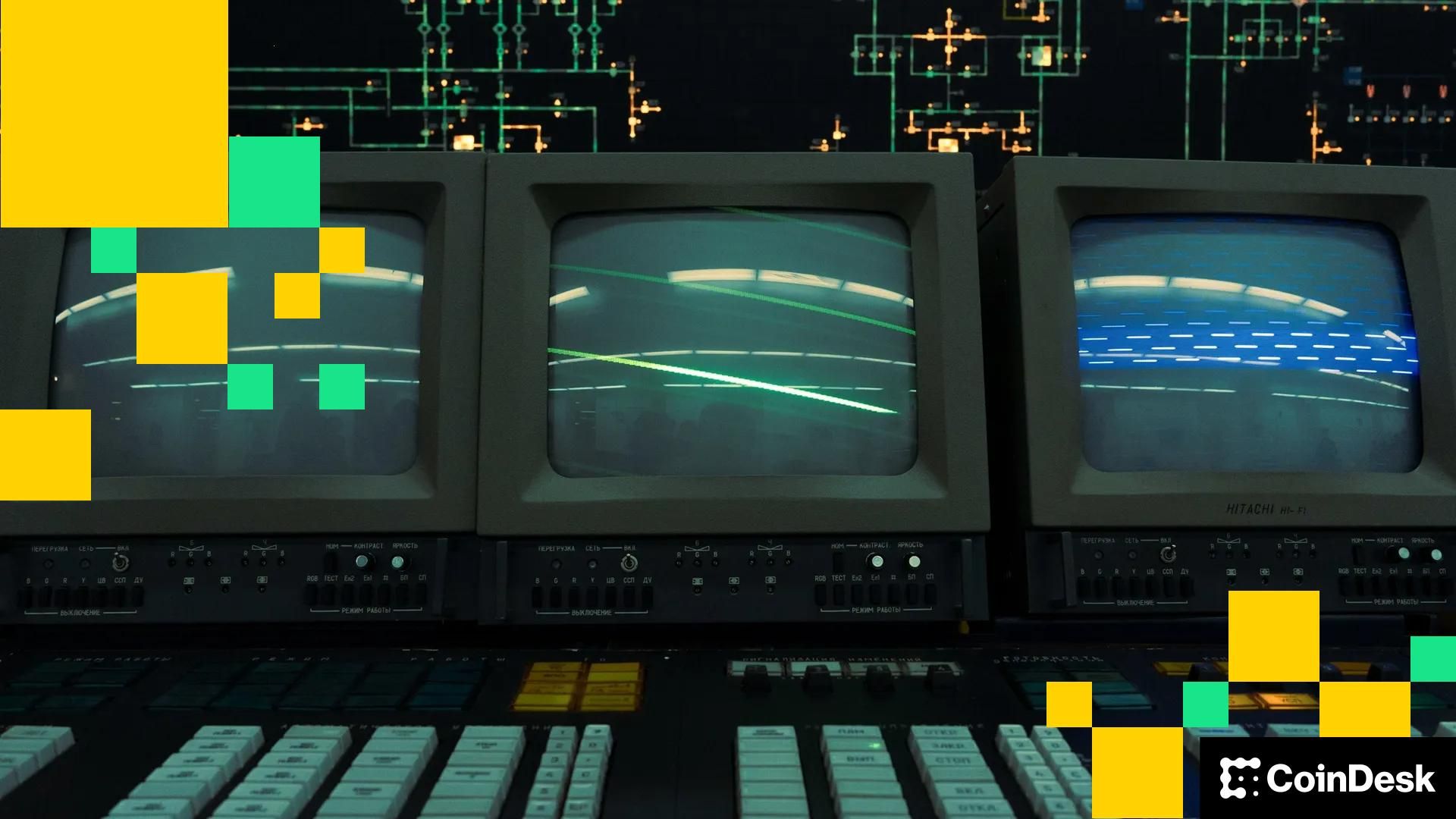
If an AI system were to ever successfully attack or disrupt the cryptography of a respected blockchain, even in a white hat research environment, every crypto panic ever seen before that moment would feel small. If a quantum computer ever broke a blockchain, we could all close up shop. The purpose of blockchains would be permanently undermined.
The good news is that there is a well-defined technical roadmap to avoid this. Some, not enough, but some The protocols are already implementing it. But why do many fall short?
This is a real and imminent threat that the crypto industry is ignoring at its own peril. To secure the future of decentralized technology, cryptocurrencies must urgently upgrade their infrastructure to proactively handle and partner with the industries that pose the greatest risk: artificial intelligence and quantum computing.
Blame it on pride, protectionism, or competition, but these cross-industry partnerships and technical future-proofing measures simply aren’t happening at a significant pace. As a result, technology designed to better humanity is increasingly vulnerable to the infrastructure that will define it.
Blockchain technology is finally offering secure, transparent and autonomous systems on a global scale. However, today, the threats of AI (and, later, quantum computing) show that cryptocurrencies are not doing enough to safeguard everything they have built.
A recent study from Cornell University examined how AI agents connected to blockchain protocols can be manipulated by adversaries who alter their memory or context. Malicious actors can inject fake histories or messages, triggering unauthorized transfers or protocol violations, essentially turning AI-powered crypto agents into hijacked allies.
Meanwhile, AI in the hands of attackers is already fueling cybercrime. Phishing, malware, and AI-based zero-day exploits are proliferating, and traditional defenses are struggling to keep up.
But equally imperative to address is the blind eye with which much of our industry is turning to quantum computing. While blockchains are still a decade away from breaking, the risk could be more serious than a 51/49 attack on generative AI. Experts warn that within a decade, powerful quantum machines will be able to crack the encryption that protects up to 25% of all Bitcoin, particularly BTC stored in legacy wallets with exposed public keys.
Researchers have already discovered that traditional public-key cryptocurrencies that form the core of blockchains are vulnerable to quantum algorithms that already exist today. Post-quantum cryptography (PQC) standards are currently emerging from government cybersecurity organizations like NIST and ENISA, but the crypto industry is not taking their guidance seriously enough.
The bottom line is that many operators are prioritizing hypergrowth over responsible scaling and are not acting with enough urgency or partnering with AI and quantum experts for future-proof systems.
Only a few blockchains, such as Sui, Ethereum, and Algorand, are actively developing and testing post-quantum algorithms, and Sui even goes so far as to solve the backward compatibility problem to protect older non-quantum accounts. Although NIST standards are becoming more consolidated, some of the world’s most valuable networks still use ECDSA without quantum-resilient upgrades. Research confirms a widespread lack of preparation on major platforms.
The consequences of inaction are real. If AI infiltrates blockchain systems, attacks could be invisible, stealthy, and systemic. Agents with false memories could move funds illegitimately, compromise contract security, or corrupt DeFi protocols. And if quantum computing arrives before we have adopted quantum-safe algorithms across the board, attackers could reverse engineer private keys, rewrite histories, and undermine users’ wallets, destroying hard-earned trust across the industry.
There is time to mitigate these systemic risks, but the migration to future-proof technologies and partnerships must begin now. Each cryptographic protocol must evaluate its cryptographic inventory and begin planning a gradual implementation of post-quantum cryptography well before the timelines recommended by security agencies.
Waiting is not a strategy, because there could easily be a radical innovation in quantum computing or artificial intelligence (accelerated by artificial intelligence itself) that would advance the threat timeline by years.
Beyond inaction to future-proof blockchains at the protocol level, meaningful partnerships between cryptocurrency, AI, and quantum companies remain scarce, there are not enough AI companies designing secure cryptocurrency agent frameworks with cryptocurrency companies, and there is not enough collaboration between the blockchain industry and quantum academia.
Together, both cryptocurrency traders and quantum and AI researchers should develop frameworks for coexistence. That includes creating mechanisms where blockchains secure AI outcomes, such as immutable ledgers, transparent decision histories, and trusted governance.
Collaboration with regulators must also improve dramatically. This means working with organizations like NIST and ENISA to test and help refine emerging post-quantum cryptography standards. Those involved in defining what a quantum testing protocol is are more likely to implement it correctly and securely.
Better collaboration will lead to security measures that protect governments, businesses, people, and the technology that powers humanity. More importantly, there are numerous ways in which cryptocurrencies, artificial intelligence, and quantum computing can help each other and improve society if they work in unison. Deeper cross-sector integrations are not only better for our security, but also for the global economy.
With quantum and cryptographic collaborations, imagine networks using encryption and quantum-safe signatures from day one. And this is where it gets fun. These networks could store next-generation scientific data (medical advances, genomic research, climate models) with guarantees that even the most advanced quantum adversary cannot alter the historical truth. Quantum advances become allies rather than threats.
Only by proactively working with the AI and quantum communities can the crypto industry deliver on its promise. Cryptocurrencies can build systems that not only safeguard against the threats of tomorrow but also amplify humanity’s potential. But if the industry fails to partner more effectively with other industries and independently take steps to mitigate risk, much of what excites the world today could come to zero.



